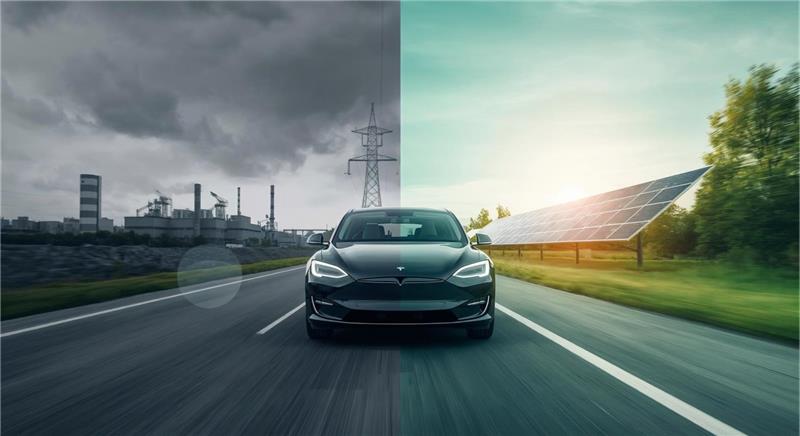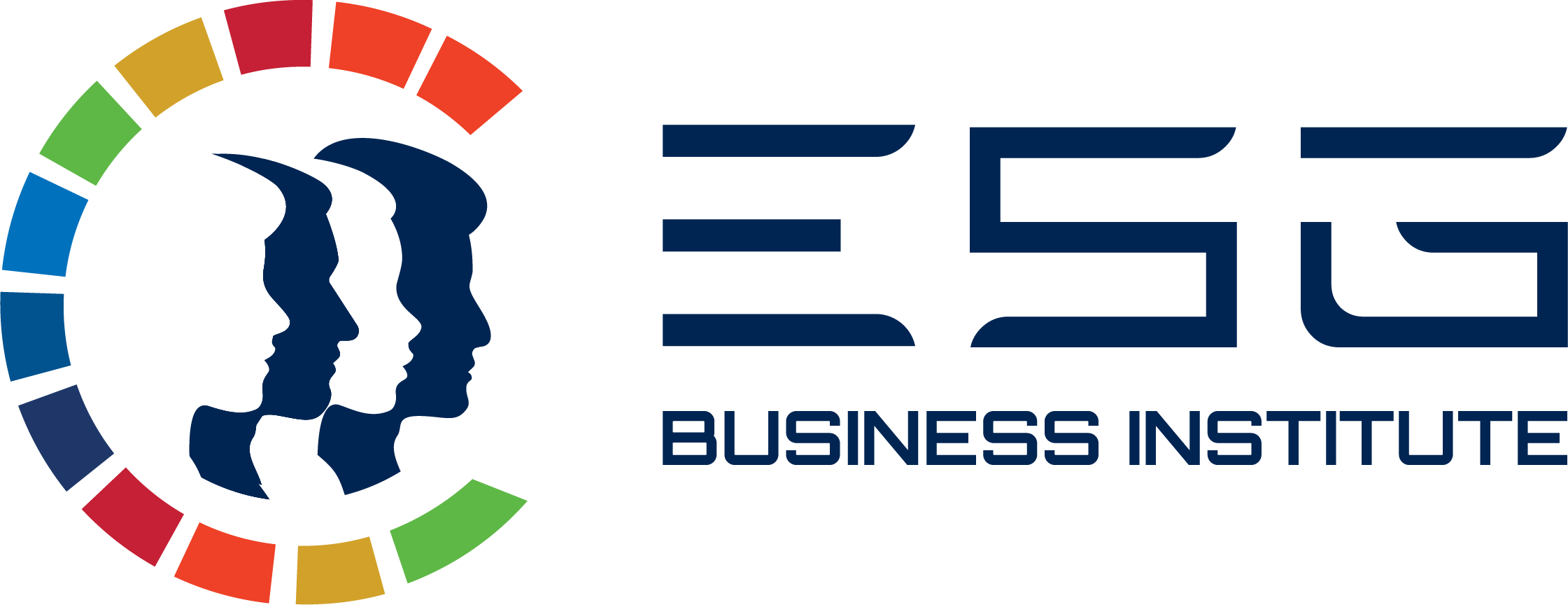Written by Leela Julong
01 October 2025

Introduction: A New Roadmap for Decarbonization
In September 2025, the Science Based Targets initiative (SBTi) launched a pilot for its draft Net-Zero Standard for Automakers — a bold framework that could redefine ESG accountability in the transport sector. This sector contributes over 20% of global man-made greenhouse gas emissions, and the new standard aims to close the gap between ambition and action.
Unlike previous frameworks, this standard goes beyond factory emissions and includes:
- Scope 3 upstream: emissions from suppliers (e.g., steel, batteries, electronics)
- Scope 3 downstream: emissions from vehicle use by consumers over the product lifecycle
For ESG BI members in Southeast Asia where automotive supply chains are vital — this pilot signals a major shift in assurance expectations and supplier accountability.
⚙️ What’s New in the SBTi Standard?
The draft standard introduces sector-specific criteria for automakers and auto parts manufacturers, building on the SBTi’s Land Transport Guidance from March 2024. Key innovations include:
1. Lifecycle Accountability
Automakers must model emissions from cradle to grave — including raw materials, manufacturing, distribution, consumer use, and end-of-life disposal.
2. Aggregated Emissions Indicator
A new metric combines Scope 1, 2, and 3 emissions into a single performance indicator for vehicle manufacturers.
3. Low-Emission Vehicle Sales Share
Instead of committing to the Zero Emissions Vehicles Declaration, companies must now increase the share of low-emission vehicles sold — a more measurable and enforceable target.
4. Regional Pathways
The standard includes regional emissions pathways to reflect economic and market differences — crucial for Southeast Asia’s diverse automotive landscape.
5. Supplier Engagement
OEMs must push Tier 1 and Tier 2 suppliers to disclose and reduce emissions, especially in material sourcing and manufacturing.
6. Well-to-Wheel Methodology
Detailed guidance on calculating emissions from fuel production to vehicle operation, using default data inputs for consistency.
🌏 Southeast Asia in Focus
Malaysia, Indonesia, and Thailand are key nodes in the global automotive supply chain. They host major parts manufacturers, assembly plants, and logistics hubs but ESG regulations vary widely across the region.
The SBTi pilot may pressure local firms to align with global OEM targets, even if national standards lag. This raises critical questions:
- Assurance providers: How do you validate emissions from millions of end-users and hundreds of suppliers?
- Governance teams: Can supplier ESG data be trusted and verified?
- Policy makers: Will ASEAN governments adopt similar standards or remain reactive?
Case Study: Toyota vs. Proton
Toyota: Global Alignment
Toyota has joined the SBTi pilot and committed to full Scope 3 reporting. It’s working with suppliers in Thailand and Malaysia to improve emissions tracking, data assurance, and electrification readiness. Toyota’s ESG disclosures include lifecycle emissions modelling and supplier engagement metrics.
🔗 Toyota Sustainability Data Book 2024
Proton: Local Challenges
Proton, Malaysia’s national automaker, has yet to adopt Scope 3 disclosures in its ESG reporting. Its current sustainability focus remains on operational emissions (Scope 1 and 2), energy efficiency, and waste management. While Proton has made strides in EV development, its suppliers face ESG challenges including limited training, fragmented data systems, and low assurance capacity. Under Malaysia’s NSRF, Scope 3 reporting will become mandatory for large non-listed companies like Proton by 2030.
🔗 Proton Sustainability Highlights (2023)
Expert Commentary
- Jon Steggles, ESG lead at CDW, notes that AI modelling could help automakers simulate emissions outcomes and identify hotspots in supply chains.
This article summarizes the ESG Unwrapped report by Nebula Global Services (September 2025), which profiles Jon Steggles, Sustainability and Social Value Manager at CDW. He states:
![]() “You can analyse data faster, draw trends and build models that demonstrate, ‘If I move this lever, what’s the impact over here?’ That combination of human and technology will produce some innovative, impactful solutions.”
“You can analyse data faster, draw trends and build models that demonstrate, ‘If I move this lever, what’s the impact over here?’ That combination of human and technology will produce some innovative, impactful solutions.”
- Nancy Powell, ESG strategist at HP, urges vendors to collaborate on ESG goals using the UN Sustainable Development Goals (SDGs) as a framework for alignment and impact.
This Q&A features commentary from Nancy Powell, HP’s Sustainability Manager for UK, Ireland, and EMEA. She emphasizes:
![]() “There is a growing opportunity for vendors to work together for the good of customers, the tech sector and the planet,”
“There is a growing opportunity for vendors to work together for the good of customers, the tech sector and the planet,”
…pointing to the UN Sustainable Development Goals as a framework and AI as a potential enabler.
Forum Prompt for ESG BI Members
“Can Southeast Asian transport sectors realistically meet SBTi’s net-zero standard? What role should ESG assurance play in validating Scope 3 emissions — especially from suppliers and consumers?”
